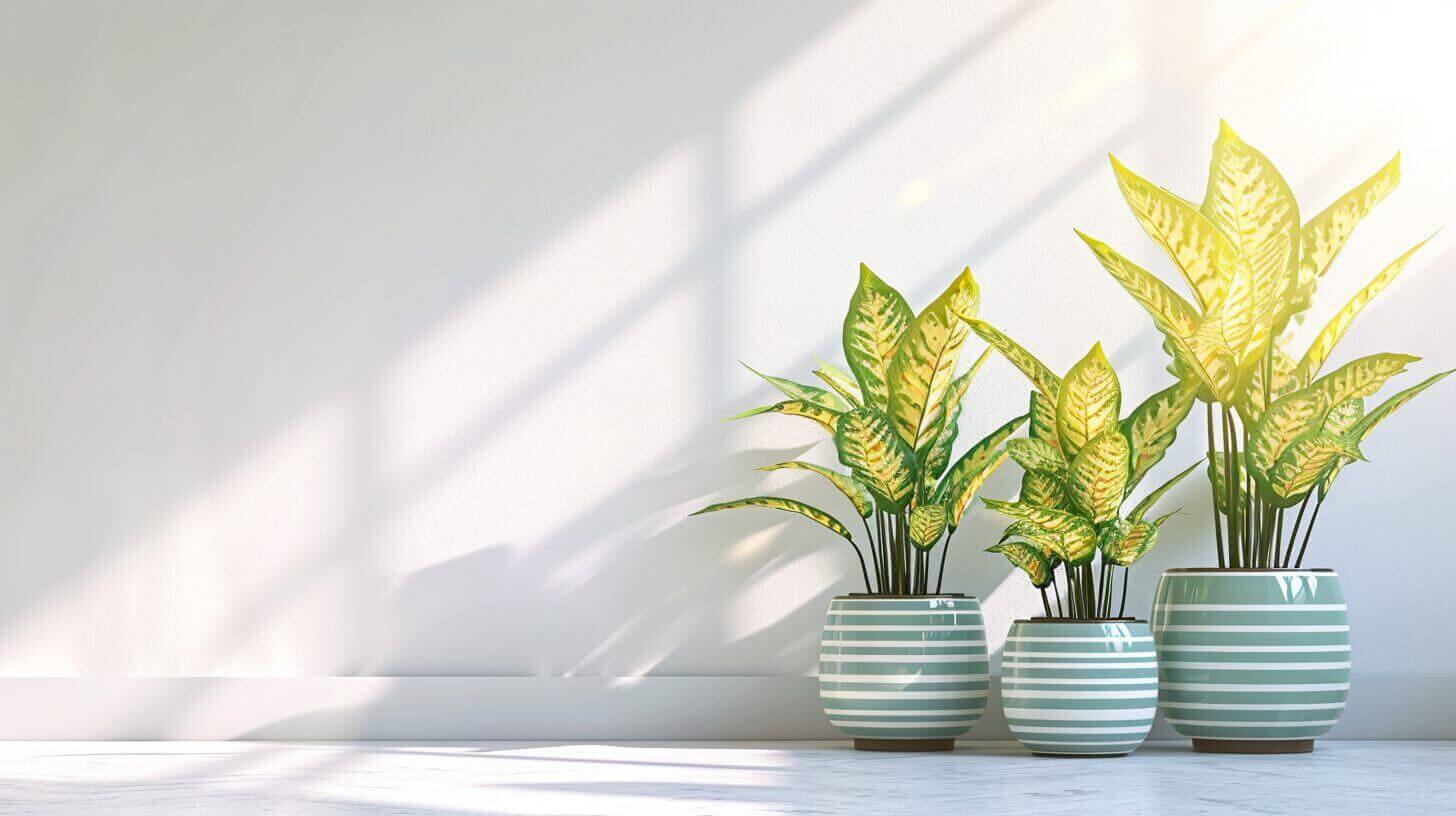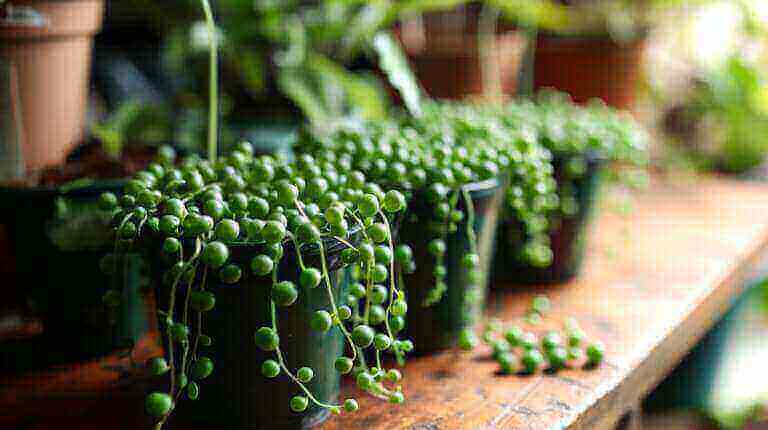Ideal Light Requirements for Healthy Dumb Cane Plant or Dieffenbachia Growth Indoors
Dieffenbachia, also known as dumb cane, is a popular and easy-to-care-for houseplant. To ensure the plant thrives and has vibrant foliage, it is important to provide it with the ideal light conditions indoors.
According to experts, dieffenbachias do well in both low light and indirect light environments. Most varieties can thrive in low light, but some types prefer a little more indirect sunlight. While the plant can survive in lower light conditions, exposing it to more indirect light during the growing season can promote healthy new leaf growth. It is important to note that dieffenbachias should never be placed in direct sunlight, as it can scorch the leaves.
Overall, maintaining a balance between low light and indirect light is key to ensuring the optimal light requirements for healthy dieffenbachia growth indoors.
Key Takeaways:
- Dieffenbachias thrive in both low light and indirect light conditions indoors.
- More indirect light during the growing season promotes healthy new leaf growth.
- Avoid placing dieffenbachias in direct sunlight to prevent leaf scorching.
- Balance between low light and indirect light is crucial for optimal dieffenbachia growth indoors.
Watering and Soil Requirements for Dieffenbachia
In order to ensure the optimal growth and health of your dieffenbachia plant, it is crucial to provide the right watering and soil conditions. Proper watering is essential to prevent both overwatering and underwatering, which can lead to detrimental effects on the plant’s roots. Dieffenbachias prefer slightly moist soil, so it is important to water them when the top layer of soil feels dry to the touch. Avoid letting the soil dry out completely, as this can cause stress to the plant.
When watering your dieffenbachia, make sure to thoroughly saturate the soil, allowing excess water to drain away. This helps prevent waterlogging, which can lead to root rot. It is also advisable to use well-draining potting soil that allows for proper drainage. Adding organic matter, such as coco-coir or peat moss, to the soil mix can improve moisture retention while still allowing excess water to escape.
Table:
| Watering Frequency | Soil Moisture Level |
|---|---|
| Once a week | Moist, but not soggy |
| When top soil feels dry | Slightly moist |
| Avoid overwatering | Avoid waterlogged soil |
Humidity and Fertilizer for Dumb Cane Plant Care
Dieffenbachias thrive in high humidity environments, making humidity a crucial factor in their care. To promote healthy growth, it is essential to maintain adequate humidity levels for these plants. The ideal humidity level for dieffenbachia plants is around 60%. This can be achieved by placing the plant on a tray filled with water and pebbles, which increases the surrounding humidity. Another effective method is using a humidifier in the room where the plant is placed. These measures help create a favorable environment for the dieffenbachia to thrive.
While misting the leaves can provide temporary relief, it should not be relied upon as the primary method of maintaining humidity. Misting can be done occasionally, but it is not a substitute for proper humidity maintenance. For optimal care, focus on increasing the overall humidity around the plant.
In terms of fertilizer, dieffenbachia plants have specific feeding requirements. During the growing season, it is recommended to use a half-strength complete liquid fertilizer every four to six weeks. This provides the necessary nutrients for healthy foliage and growth. However, it is important to avoid fertilizing in the winter months when the plant is not actively growing. Fertilizing during this dormant phase can potentially harm the plant. Additionally, if the dieffenbachia is exposed to brighter light conditions, it may benefit from additional fertilizing.
Maintaining the right humidity levels and providing proper fertilization are essential aspects of dieffenbachia care. By ensuring these factors are met, you can contribute to the plant’s ideal light requirements and overall health indoors.
FAQ
How do I care for a dieffenbachia plant?
Dieffenbachia plant care involves providing enough light, keeping the soil moist but not waterlogged, and using a houseplant fertilizer for new growth. It’s also important to keep the plant indoors as it’s a tropical plant that prefers indoor conditions.
What are some common problems with dieffenbachia plants?
Common problems with dieffenbachia plants include yellow leaves, brown leaf tips, and pest infestations such as spider mites. Overwatering can also lead to root rot, a common problem in dieffenbachia plants.
What are the different types of dieffenbachia?
There are several types of dieffenbachia, including dieffenbachia amoena and dieffenbachia seguine. Each variety has its own unique care requirements and characteristics.
How do I grow dieffenbachia?
To grow dieffenbachia, provide bright light, keep the soil moist but allow it to dry out between waterings, and feed with a houseplant fertilizer for best results. Dieffenbachia is easy to care for and grows best indoors.
Where can I buy dieffenbachia?
Dieffenbachia plants can be purchased from local nurseries, garden centers, or online plant retailers. Be sure to choose a healthy plant with dark green leaves for the best start.
How do I propagate dieffenbachia?
Dieffenbachia can be propagated by stem cuttings. Cut a piece of the stem, let it dry for a day or two, then plant it in moist soil. Keep the soil moist and the cutting should develop roots and new growth.
What are some care tips for dumb cane?
Care tips for dieffenbachia include providing bright light, watering when the soil is dry, and feeding with a houseplant fertilizer. If the plant’s leaves turn yellow, it may be getting too much water or not enough light.







